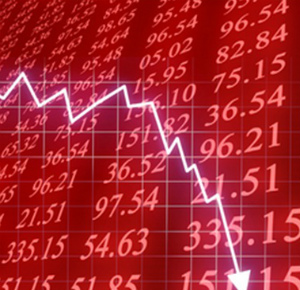As the presidential campaign trail continues to blaze across the States, both candidates have been frantically attempting to reach arguably the biggest – and most decisive – demographic of the election: the middle class.
In a statement released earlier this week by Republican, the Mormon multi-millionaire described the middle class as living off “$200 to $250,000 a year worth of income.”
Not to be outdone, his opponent President had previously mentioned that some of the more affluent middle-class members made upwards of $200,000.
Conversely, the US Census Bureau found the median middle class income average to be roughly $50,000 a year – a gross fraction of the $200,000 candidates estimated.
Although it’s obvious that both parties are attempting to stretch their appeal the average Joe as much as they can pull, it’s clear that both the true definition of the middle class and the real-life struggles they are facing are being overshadowed.
Difficulty In Maintaining Lifestyle
A report released last month by the Pew Research Center found that over 85 percent of self-described middle-class adults say it’s more difficult than it was a decade ago to maintain a standard of living.
“This is the first decade in the post-World War II era where the middle class – indeed all families – have actually less income at the end of the decade than they had at the beginning of the decade,” said Paul Taylor, a co-author of the Pew report.
While both high and low-earning Americans have a tendency to label themselves as an “average American”, it’s clear that their struggles aren’t a figment of imagination.
Over 1.5 million households filed for bankruptcy last year, making insolvency as common as college graduation.
A Costly Reliance on Credit
Although the middle class is finding it difficult to get by, they’re not giving themselves much slack when it comes to maintaining the same standard of living they had a decade ago. And in order to see that their lifestyle is up to par, many are resorting to any means they can to maintain it.
Despite a minor drop-off, Americans are still over-borrowing on their credit cards by more than $2.7 trillion nationwide.
Adding further to our debt woes, The Pew Research Center found that over 69 percent of payday loan borrowers were using the financially risky resources to pay for utilities, bills or food. Not surprisingly, the report cited that the highest concentration of borrowers were in the in the $15,000 to $50,000 annual income range, a sizable bulk of the middle-class.
With such a costly reliance on borrowing with credit cards and loans, families will no doubt start seeing their savings dwindle. With no proper cash-cushion and a bleak social security plan, the future of the middle class in later years remains incredibly fuzzy at this point.
Come Election Day, there will be no shortage of candidates painting pictures of improved economies and a bounty of jobs.
However, a savvy consumer should never rely solely on a politician’s word when it comes to their finances. The only true escape from a troubling economic situation will be a stronger emphasis on wise spending, living within one’s means and proper savings.
Although the candidates might overestimate the middle class by about $200K, you don’t have to. Know your net worth and how much you can afford each month, and vow to stay within that range.
 Around 80 commercial banks, chartered in the St. Louis region, had made up $66 million in profits, by this time last year. This year they have recorded $169 million in losses.
Around 80 commercial banks, chartered in the St. Louis region, had made up $66 million in profits, by this time last year. This year they have recorded $169 million in losses.